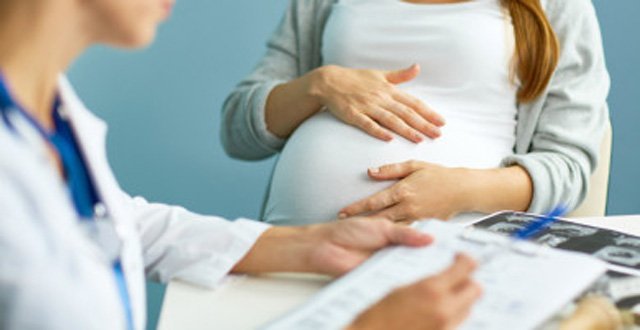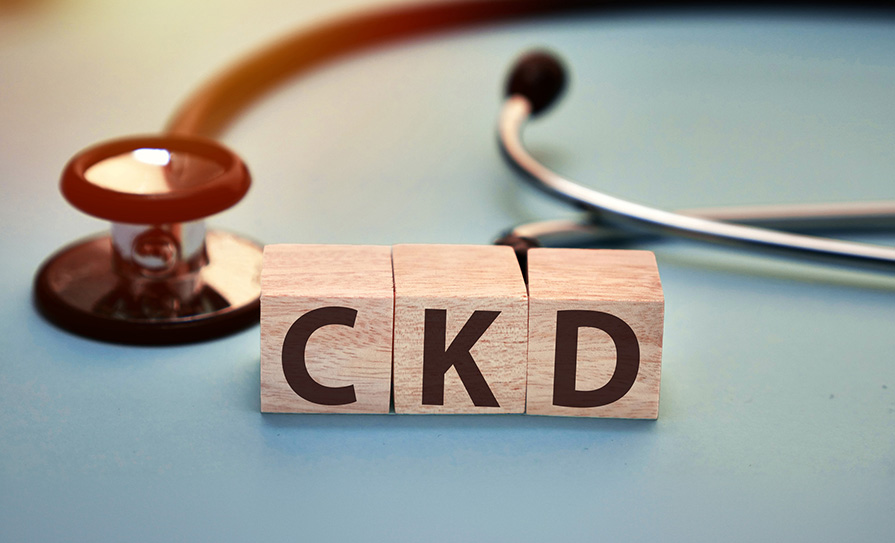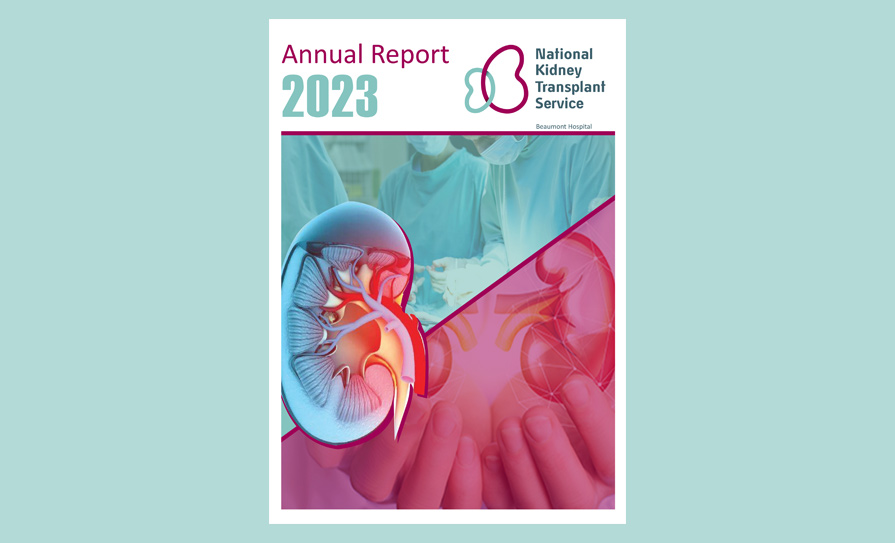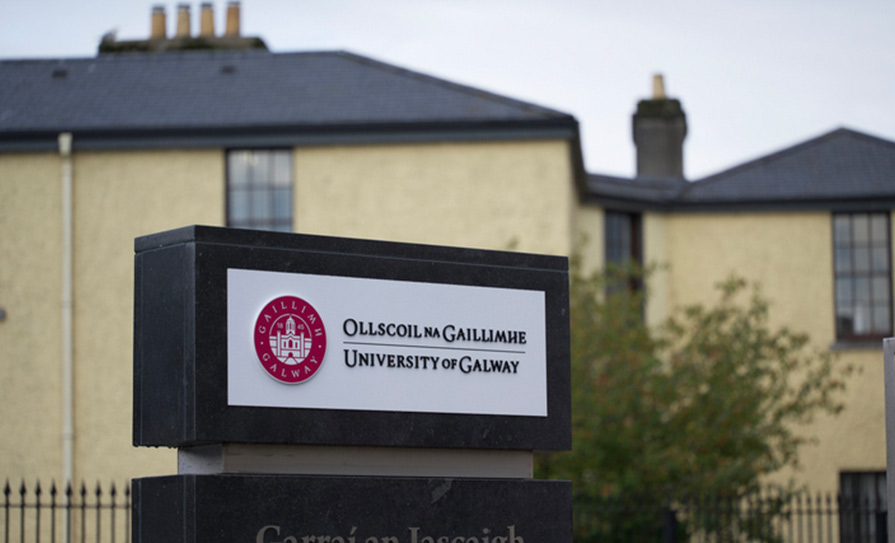The plans, which were initially targeted for implementation in the first half of 2018, were part of the corporate plan goals for the National Women and Infants’ Health Programme (NWIHP), as set out under the <em>Acute Hospital Services Divisional Plan 2018</em>.
According to the HSE, development of each of the maternity networks in Hospital Groups is at “various stages”, while there is a “time-lag” with the recruitment of ultrasonographers to facilitate greater access to anomaly scanning.
A HSE spokesperson told <strong><em>MI</em></strong>: “Central to the improved governance of maternity services is the development of maternity networks, as set out in the [National Maternity]Strategy. Each of the six Hospital Groups will have a fully developed maternity network, with a clinical lead, midwifery lead and quality and safety lead.
“Currently, these networks are at various stages of development, but all Groups have arrangements in place to manage their maternity services. The NWIHP meets each maternity network on a regular basis and reviews progress with the implementation plan, and processes around quality and safety. Additional investment has gone into each Hospital Group in 2018 to support the development of the networks, and this will facilitate the networks developing further by the end of 2018.”
Moreover, maternity-specific Serious Incident Management Teams are currently in place in two of the maternity networks and “will be rolled-out in the other Groups during 2018”, the spokesperson also stated.
In March, the NWIHP identified that an additional 28 ultrasonographers were needed for full access to anomaly scanning.
On the implementation of improved access for anomaly scanning, the spokesperson stated: “Anomaly scanning was identified as a priority in the 2018 Estimates process. Following an engagement with the Hospital Groups, the need for an additional 28 ultrasonographers was identified and these posts have been funded and are being recruited. There is a national shortage of trained ultrasonographers, so there is a time lag with recruitment.”
The NWIHP is due to conduct a review in the third quarter of 2018 to determine the level of anomaly scanning access that is being provided for women in all 19 maternity units.













Leave a Reply
You must be logged in to post a comment.